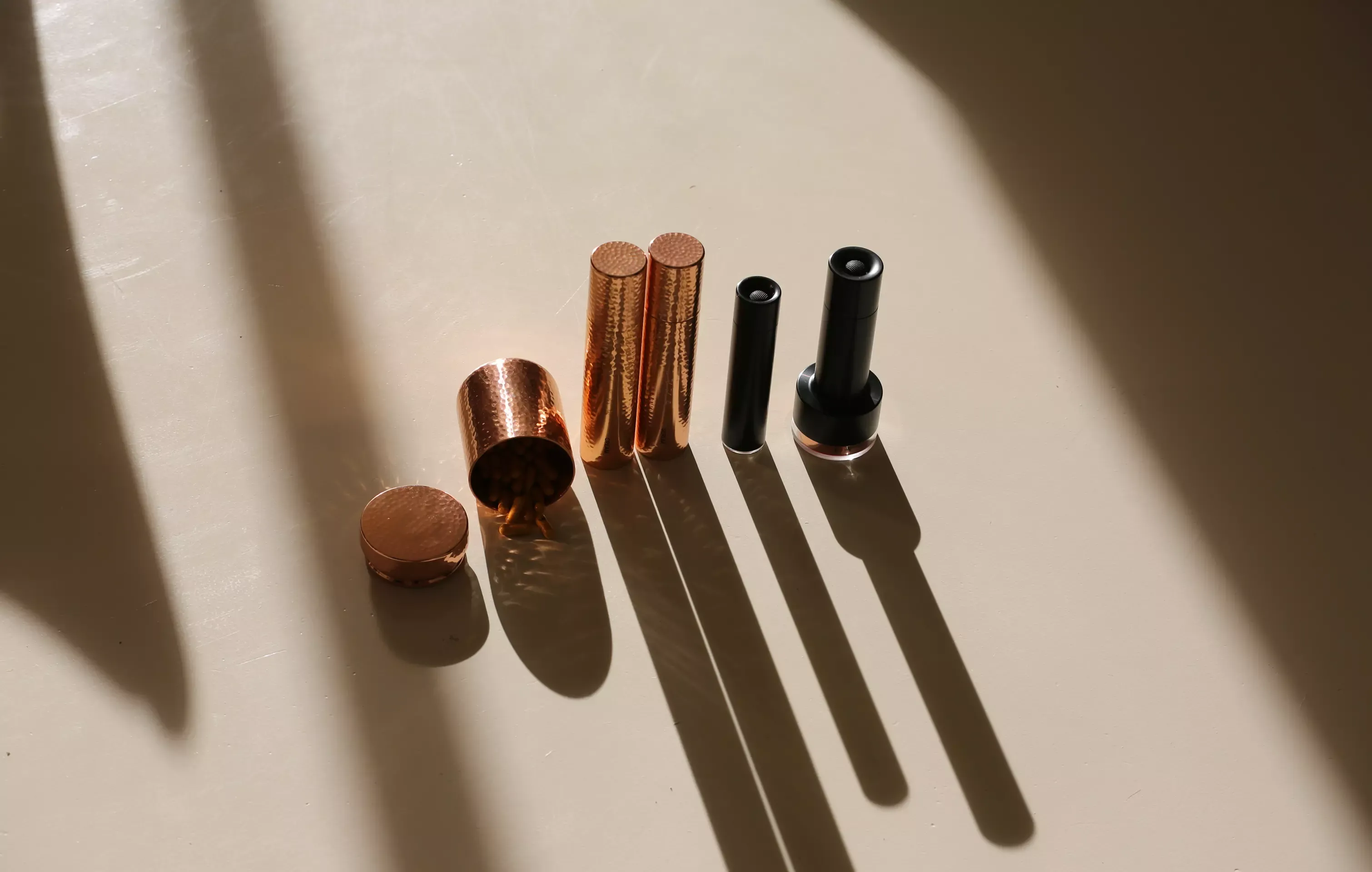5 Minute ReadFeature by Jessica Lacey
09.08.24
Medically reviewed by Prof. Paul Clayton, leading scientist in the field of nutrition and medical pharmacology.
Recent research has unveiled a fascinating connection between sunlight exposure and fat metabolism, going beyond its well-known role in regulating circadian rhythms. While we've long understood the importance of sunlight in producing Vitamin D and regulating sleep cycles, new findings suggest that the sun's rays might also play a critical role in shrinking fat cells beneath our skin.
Scientists have discovered that specific wavelengths of light, particularly blue light, can penetrate the skin and influence fat storage, potentially reducing white fat cells. This breakthrough adds another layer to our understanding of how sunlight impacts our health, suggesting that natural light could be a valuable tool in managing body fat and metabolic health.
Circadian rhythms are the timekeeping system used by our bodies to regulate all of its functions. Light is one of the main cues our body uses to regulate our circadian rhythms, and research shows it’s the body’s detection of solar rays that informs the body when it’s time to sleep.
“Nearly all living animals are genetically programmed to this internal clock which is adapted to the Earth’s rotational schedule of 24 hours.
Every cell in our body is linked to the circadian rhythm, be that metabolism, hormones, the immune system, reproductive function, even how DNA is translated, is influenced by a circadian rhythm,” says Dr Michael Grandner, Associate Professor at University of Arizona whose research focuses on how sleep relates to diseases like diabetes, and obesity. Sunlight resets our circadian rhythms, increasing metabolic processes throughout the body, therefore we process food more efficiently after a full day in the sun.
Research conducted by a team of scientists from Cincinnati Children’s Hospital Medical Center located neurons inside the brain of mice* that express the protein Opsin 5, which can detect a specific wavelength of violet light from the sun. Those neurons, in turn, send signals that influence a number of body functions including metabolism.

Brown fat and white fat are made of different things. White fat is made of a single large fat molecule whereas brown fat cells are made up of lots of tiny molecules packed with mitochondria. In fact, it’s the iron-rich mitochondria which give brown fat its color.
Brown fat is widely considered as good fat because it converts into energy and stabilizes body temperature. White fat however, stores excess calories and too much of it increases the risk of heart disease and Type 2 diabetes. It’s for this reason that scientists often divvy up human fat cells into the good and the bad guys.
Although people often associate blue light with computers and phones, the largest source of blue light is in fact, sunlight. “When the sun’s blue light wavelengths — the light we can see with our eye — penetrate our skin and reach the fat cells just beneath, lipid droplets reduce in size and are released out of the cell. In other words, our cells don’t store as much fat,” explains lead scientist Peter Light of University of Alberta Canada whose academic research published in The Journal Scientific Reports, proved that white fat cells do indeed shrink under the effect of the sun’s visible blue rays.
In direct reverse, studies also show the absence of sunlight in winter months exaggerates weight gain, amassing subcutaneous fat around the body.

Now, about those brown fat cells. Although the aim is not to shrink them like their white counterparts, stimulating the activity of brown fat cells is a method of optimizing the metabolism.
There is definitive proof that brown fat cells can be activated by green tea, turmeric, and omega 3s but as of yet the effects of caffeine on brown fat activation has only been verified on rodents. Hence why the evidence that drinking coffee burns fat remains somewhat ambiguous, unless you're a mouse.
Only discovered in the last ten years, research biologists have identified a way to convert bad, white fat cells some way into more virtuous brown ones, the midpoint being beige.
“Blocking the protein to create beige fat caused the fat cells to heat up and burn calories,” reports at Washington University School of Medicine.
“Our goal is to find a way to treat or prevent obesity,” said first author Irfan J. Lodhi, PhD.
“These findings suggest that if therapies could help convert their bad fat into good fat, those numbers might start to decline.” Sadly again though, so far it’s all just happening in mice*.

A study published in Cell Reports Medicine, showed that cold water immersion also activates brown fat. Young men who participated in icy swims and sauna sessions at least once a week were shown to have a metabolic advantage over those who didn’t partake.
High protein intake has been shown to significantly boost metabolism and increase the number of calories you burn. Numbers-wise, high for men is 56 grams/day and 46 grams/day for women. Published research shows weight-lifting and regular HIIT programs are excellent candidates for improving metabolic function. Back to those circadian rhythms again, deeply restorative sleep is also robustly proven to bolster metabolic rates. Lastly, fucoxanthin is proving a natural carotenoid well worth paying attention to. Extracted from seaweeds, kelp, microalgae, and capsiate from sweet peppers, researchers have found fucoxanthin to decrease abdominal and liver fat as a safe and effective functional ingredient to prevent and treat lifestyle-related diseases such as obesity and Type 2 diabetes.
When areas of cellulite are stimulated by near infrared low-level laser light, enlarged or stretched fat cells have shown to release their stored fat. The three 500mW coherent, monochromatic laser beams in the LYMA Laser PRO, the most advanced zero-damage, low-level laser technology designed for safe home use, effectively even out areas of engorged fat cells, reducing the deposits and therefore reducing the appearance of cellulite.
“Under the influence of the Laser PRO in these zones, engorged fat cells develop holes (pores) through which the stored fat products leak and are then filtered out of the spaces between cells by the lymphatic system and return into healthy, regular circulation,” explains Dr Graeme Glass who has authored numerous academic medical papers on Low-level Laser Therapy, and was integral in developing the LYMA Laser PRO.
*NB: Research using mice provides a robust foundation for predicting human health outcomes, as evidenced by findings from the Washington University study on converting "bad" body fat to "good" fat (https://medicine.wustl.edu/news/scientists-find-way-convert-bad-body-fat-good-fat/). This study illustrates how genetic manipulation in mice can reveal mechanisms that may be targeted for obesity treatments in humans.
Similarly, the Cincinnati Children’s Hospital research highlights how sunlight affects metabolism by influencing brain function (https://scienceblog.cincinnatichildrens.org/sunlight-reaches-deep-into-brain-to-play-key-role-in-metabolism/). The parallels observed in these murine models offer compelling insights into human metabolic processes, strengthening the credibility of their findings.